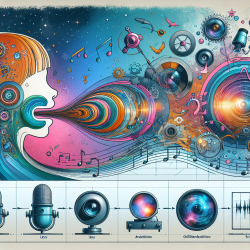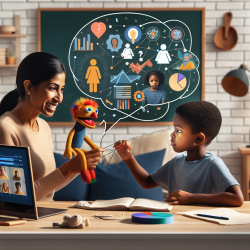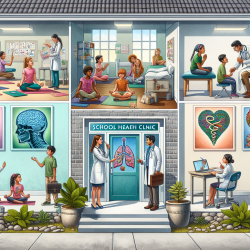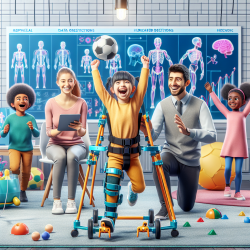Introduction
In the realm of speech-language pathology, the integration of advanced imaging techniques can significantly enhance our understanding of the neural mechanisms underpinning communication disorders. The recent research on reflective multi-immersion microscope objectives, inspired by the Schmidt telescope, presents a groundbreaking opportunity for practitioners to refine their skills and improve therapeutic outcomes for children.
The Research: A Brief Overview
The study introduces a novel approach to microscope objectives, utilizing a spherical mirror and an aspherical correction plate. This design allows for imaging large, cleared samples across various immersion media, achieving a high numerical aperture (NA) of 1.08 at a refractive index of 1.56, with a 1.1-mm field of view (FOV) and an 11-mm working distance (WD). Such versatility is crucial for imaging neuronal activity in vivo, as demonstrated in larval zebrafish, and can be extended to wide-field, confocal, and light-sheet microscopy.
Implications for Speech-Language Pathology
For speech-language pathologists, particularly those involved in pediatric therapy, understanding the neural substrates of speech and language is essential. The ability to visualize brain structures and functions in high resolution provides insights into developmental disorders, enabling more precise diagnosis and intervention strategies. Here’s how practitioners can benefit from these advancements:
- Enhanced Diagnostic Capabilities: By leveraging high-resolution imaging, pathologists can better identify structural anomalies associated with communication disorders.
- Tailored Interventions: Detailed imaging allows for the customization of therapeutic approaches based on individual neural profiles.
- Research Opportunities: The technology opens avenues for research into the efficacy of various therapeutic interventions, fostering evidence-based practice.
Encouraging Further Exploration
While the current research provides a solid foundation, practitioners are encouraged to delve deeper into the potential applications of this technology. Collaborating with neuroscientists and imaging specialists can facilitate the development of targeted interventions that address the unique needs of children with communication disorders.
Conclusion
The integration of advanced imaging techniques, inspired by astronomical innovations, into speech-language pathology represents a significant leap forward in our ability to understand and treat communication disorders. By embracing these technological advancements, practitioners can enhance their diagnostic and therapeutic capabilities, ultimately leading to better outcomes for children.
To read the original research paper, please follow this link: Reflective multi-immersion microscope objectives inspired by the Schmidt telescope.










